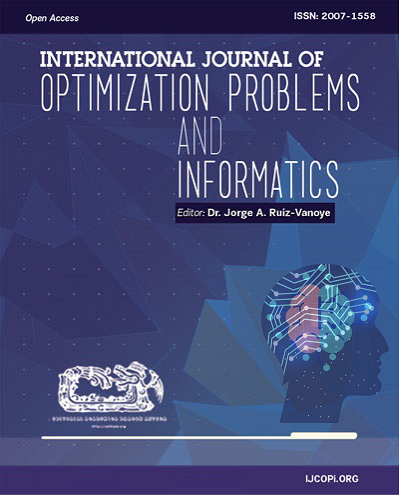Comparative Analysis of Nonlinear Control Strategies for a Lower Limb Rehabilitation System
DOI:
https://doi.org/10.61467/2007.1558.2025.v16i3.1129Keywords:
State feedback control, Adaptive robust control, Sliding mode control, Backstepping control, Lower limb rehabilitation.Abstract
Robot-assisted rehabilitation effectively enhances motor recovery in patients with mobility impairments. This study examines the REHAP system—a two-DOF mechatronic rehabilitation device for passive physiotherapy—focusing on dynamic modelling and energy-efficiency analysis. The Euler–Lagrange method was employed to derive the dynamic model, incorporating actuator parameters obtained through experimental characterisation of DC motors. We assessed energy consumption under various control strategies and mechanical-loading conditions. Results indicate that the choice of control strategy and the tuning of actuator parameters significantly impact system efficiency, highlighting the critical need for accurate model calibration. Integrating dynamic modelling improves both motion precision and energy economy, thereby enabling more sustainable rehabilitation technologies. This research underscores how energy-aware control strategies can enhance both performance and sustainability in robotic physiotherapy systems.
Smart citations: https://scite.ai/reports/10.61467/2007.1558.2025.v16i3.1129
Downloads
Published
How to Cite
Issue
Section
License
Copyright (c) 2025 International Journal of Combinatorial Optimization Problems and Informatics

This work is licensed under a Creative Commons Attribution-NonCommercial-NoDerivatives 4.0 International License.





